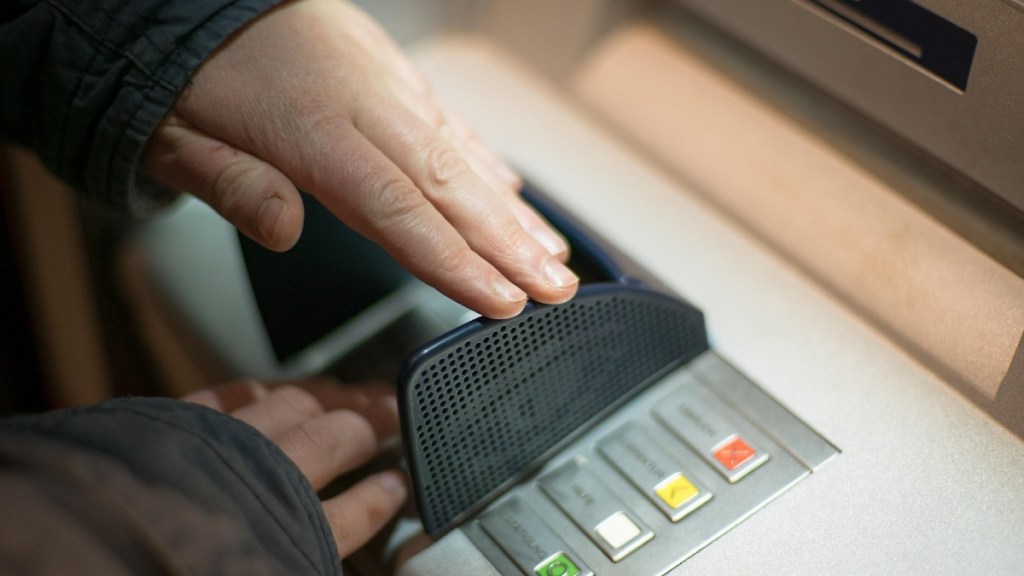Experts believe that the financial institutions are facing a growing and complex challenge such as customers disputing legitimate transactions as fraud. Unlike traditional fraud involving stolen cards or hacked accounts, this type of deception is committed by the account holders themselves. Desperate consumers, struggling with financial strain, are increasingly exploiting dispute systems to avoid payments they can’t afford—while others knowingly game the system.
The problem? Fraud detection models are designed to flag suspicious activity—unusual logins, foreign transactions, or stolen credentials—not purchases that appear completely normal. By the time the dispute is raised, often weeks or months later, banks and merchants are left with costly chargebacks and little recourse.
According to a survey by Socure in October, 35% of Americans have committed first-party fraud, and 40% know someone who has. The survey included 1,000 adults.
Why consumers turn to ‘friendly fraud’
Several factors are driving this troubling trend:
Economic Hardship – Rising inflation and job instability push some to desperate measures.
Fear of Credit Damage – A single missed payment can devastate credit scores, making loans and rentals harder to secure.
Easy Dispute Processes – Mobile banking apps allow chargebacks with just a few taps, reducing perceived risk.
Aggressive Debt Collection – Some see fraudulent disputes as a temporary financial lifeline.
Moral Justification – A belief that “big banks can afford the loss” makes the act feel victimless.
Why traditional fraud detection fails
“Fraud models excel at spotting unauthorised access, but when the real cardholder makes the purchase and later claims fraud, the system sees nothing wrong,” Viraj Soni, a fraud risk expert, explains.
Key detection gaps include:
No signs of account compromise – The transaction is made by the legitimate user.
Normal spending patterns – Behavioral biometrics show no red flags.
Delayed reporting – Disputes arise long after the purchase, bypassing real-time fraud checks.
Consumer protection laws – Regulations often favor customers, making false claims harder to challenge.
The financial fallout
The consequences extend far beyond individual disputes, affecting the entire financial ecosystem. Merchants suffer revenue losses and risk incurring penalties from payment networks. Banks are forced to absorb these losses, which in turn raises their operational costs. Meanwhile, fraud detection models become less effective as more cases evade detection, necessitating frequent updates to maintain their accuracy and reliability.
“We see customers disputing high-value transactions multiple times a year—some clearly exploiting the system,” Soni added.
How financial institutions are fighting back
To curb abuse without penalizing genuine victims, banks are implementing a range of new strategies. AI-powered dispute analysis uses machine learning to identify repeat offenders and detect suspicious claim patterns. Enhanced collaboration between merchants and banks enables better tracking of high-risk customers through shared data.
“AI detects trends, but human judgment is crucial. We must balance protecting vulnerable customers with stopping exploitation. We can’t rely on automation alone, the future of fraud prevention requires technology, human insight, and common sense,” he added.
Stricter authentication measures, such as biometric verification or one-time passwords for large transactions, are being introduced to add an extra layer of security. Additionally, trained fraud analysts bring human insight to the process, helping to distinguish between legitimate hardship cases and deliberate attempts at fraud.


